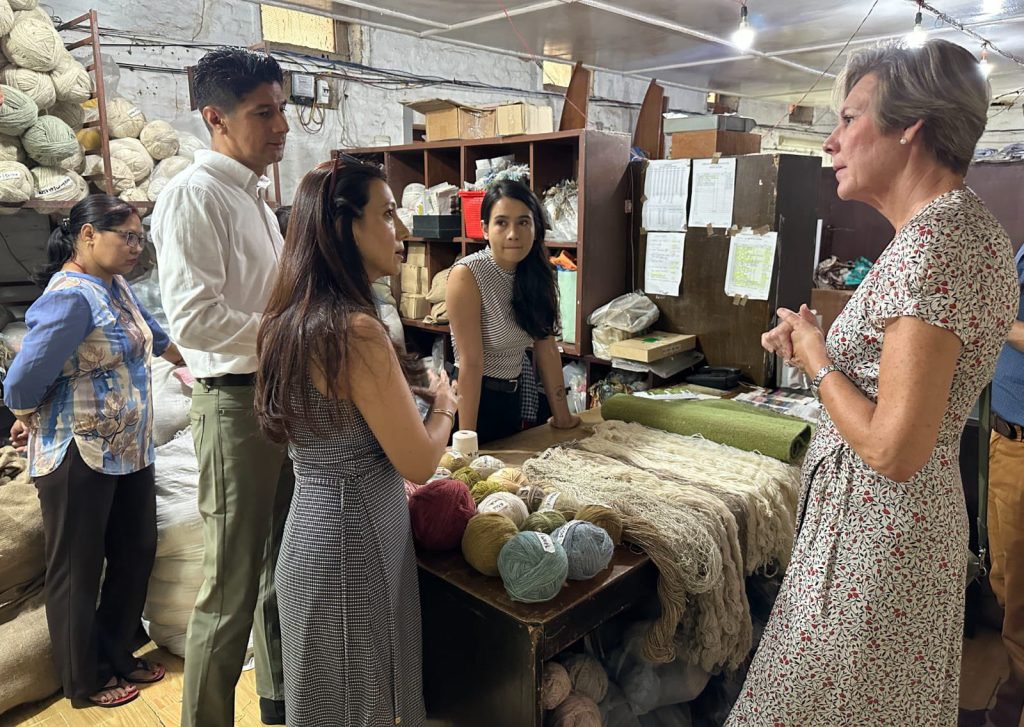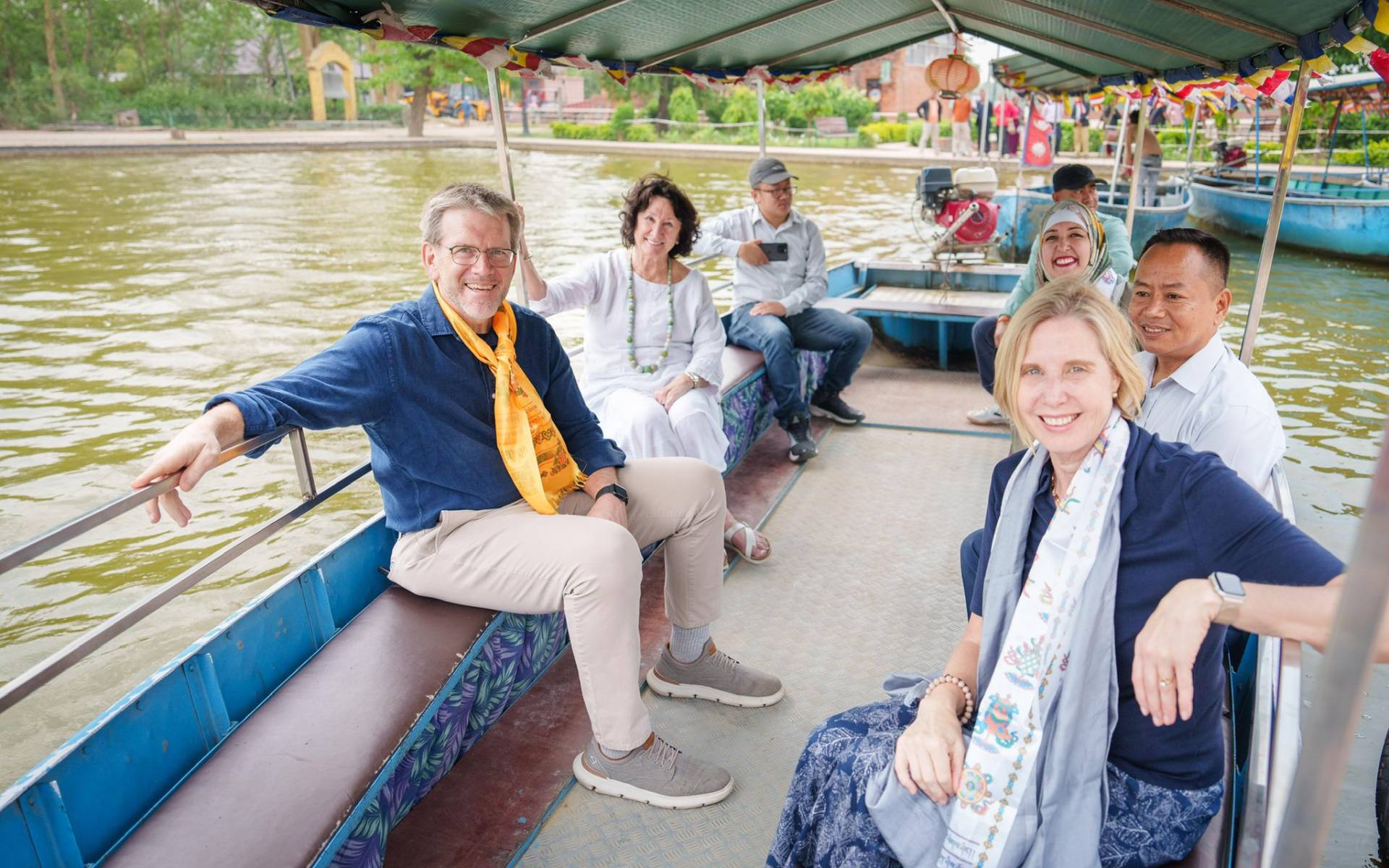
Earlier this year, the government of Nepal agreed to establish the Public Diplomacy Division at the Ministry of Foreign Affairs, the first such unit in the ministry’s history. Nepal introduced ‘economic diplomacy’ after the restoration of multiparty democracy in 1990, a policy shift widely seen as the starting point of the country’s public-diplomacy efforts.
“Although the ministry and its missions abroad have been involved in public diplomacy for a long time, it is only now that it has officially started the Public Diplomacy Division in the ministry,” said Lok Bahadur Poudel Chhetri, Head of Public Diplomacy Division and spokesperson of the Ministry. “This will be a pivotal initiative to foster Nepal’s diplomatic outreach on the global stage.”

Notably, in July 2025 the Nepali government established new divisions: Economic Diplomacy, Public Diplomacy, and Labour Migration and Nepali Diaspora Coordination.
The Public Diplomacy Division has two sections: Publication and Cultural Diplomacy. The publication section will produce official materials such as policy documents, books, magazines, and more, whereas the Cultural Diplomacy section will promote Nepal’s cultural heritage, natural landscapes, art, and wildlife to engage international audiences and attract tourists.
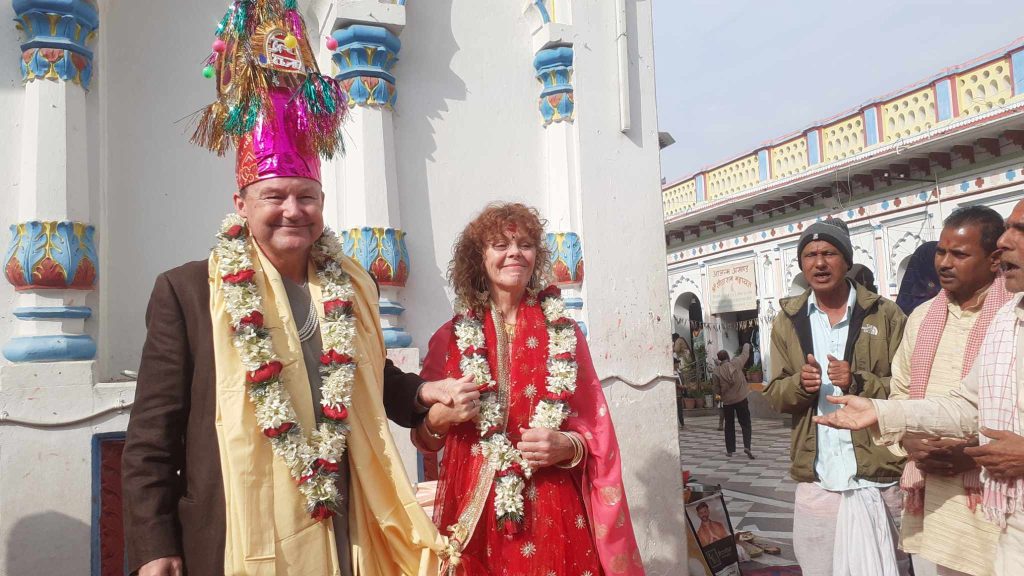
Public diplomacy relies on tools such as information, education, art and culture, and even sports. Its audience are the people of every country. Nepali missions abroad promote the government’s policy and the country’s strengths to the international audiences, just as foreign embassies in Kathmandu advance their own national narratives and highlight the positives of their people and policies.
The University of Southern California’s Centre on Public Diplomacy defines public diplomacy as “the public, interactive dimension of diplomacy which is not only global in nature, but also involves a multitude of actors and networks.” Harvard’s Professor Joseph S. Nye, who coined the term “soft power” also stated that public diplomacy is about winning hearts and minds, noting that soft power rests on shaping others’ preferences through appeal and attraction. During the Cold War, both the USA and the then USSR used public diplomacy to contest narratives and influence foreign publics.
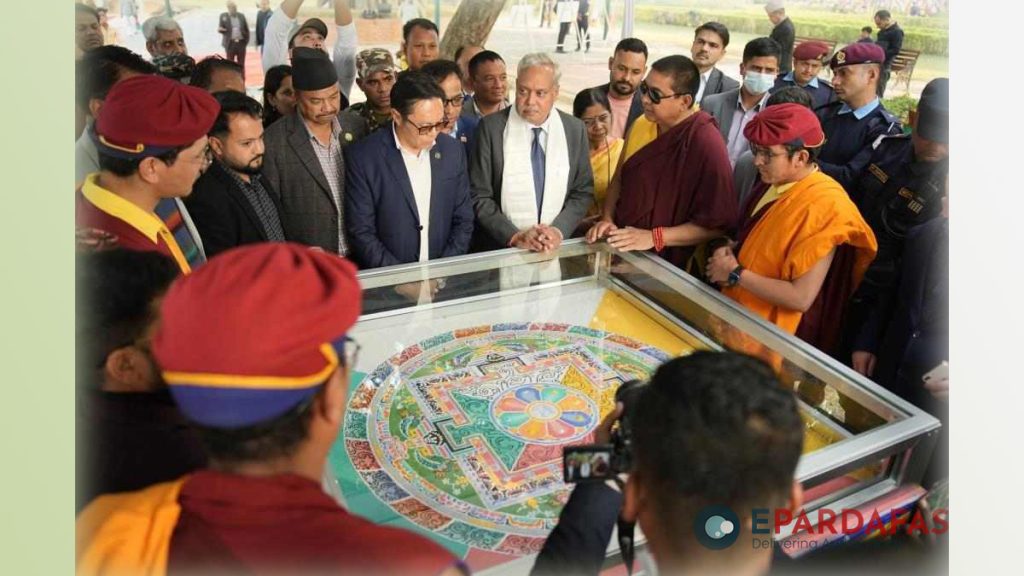
One of the few dedicated studies on Nepal’s public diplomacy is the 2022 Policy Research Institute report, ‘Effective Use of Public Diplomacy in the Context of Nepal’, by former ambassador and career diplomat Khaga Nath Adhikari and Tribhuvan University assistant professor Lila Nyaichyai. The report stated, “Public Diplomacy has emerged as an important tool of a country’s foreign policy. The democratization of foreign affairs, i. e., the growing say and influence of the people in matters of foreign relations, has made public diplomacy an attractive, important and necessary means for every country. This is applicable not only in the cases of democratic and developed countries but also in developing countries and countries with different types of political systems.”
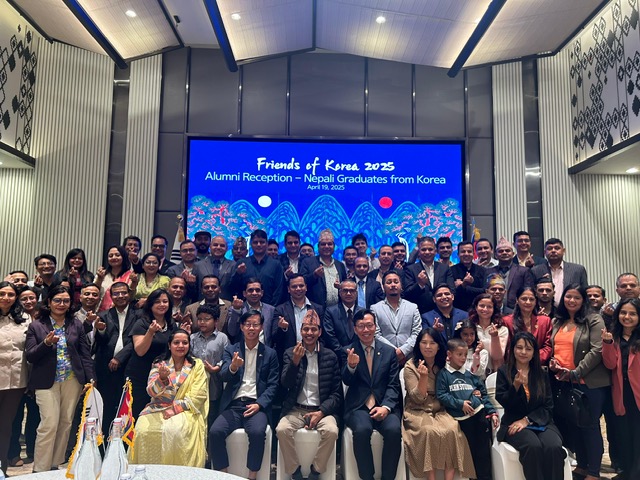
The report also found that, “In the case of Nepal, we have seen that public diplomacy is a relatively new area. Some efforts had been made in the past to promote the country’s dignity, but the foreign publics were not targeted much. After the restoration of democracy in 1990, Nepali missions abroad started organizing various activities under their economic diplomacy programmes.” The authors said it was only later that the government started using the term “public diplomacy” in official documents. Today, Nepali diplomatic missions are engaging more with communities, business leaders, and academics to advance Nepal’s national interests, but the report concluded that much more is needed to make public diplomacy a truly effective instrument of foreign policy.
Among its 17 recommendations, the report urged the government and the Ministry of Foreign Affairs to streamline public diplomacy in the broader foreign-policy framework, carry out studies to identify priority areas, and provide adequate budgets to missions. It emphasizes that public diplomacy should not be subsumed under economic diplomacy; the two should operate in tandem.
Nepal currently maintains 44 diplomatic missions abroad: 31 embassies, three permanent missions to the United Nations (New York, Geneva, and Vienna), and 10 consulates general. At home, Nepal hosts 25 resident embassies, U.N. agencies, and the Secretariat of the South Asian Association for Regional Cooperation (SAARC). Among these, Nepal’s two neighbors India and China, and the USA are particularly active practitioners of public diplomacy.

Nepal’s 2020 Foreign Policy document also elevates public diplomacy as a priority. Issued on October 20, 2020, the policy explicitly identifies public diplomacy as a core component of Nepal’s external engagement. Part 8 outlines two guiding provisions. Article 8.17 seeks to win the support, assistance, and goodwill of the international community by promoting Nepal’s image and distinct identity as a form of soft power. Article 8.18 emphasizes safeguarding the national interest by leveraging the latest information and communications technologies in the implementation of foreign policy.
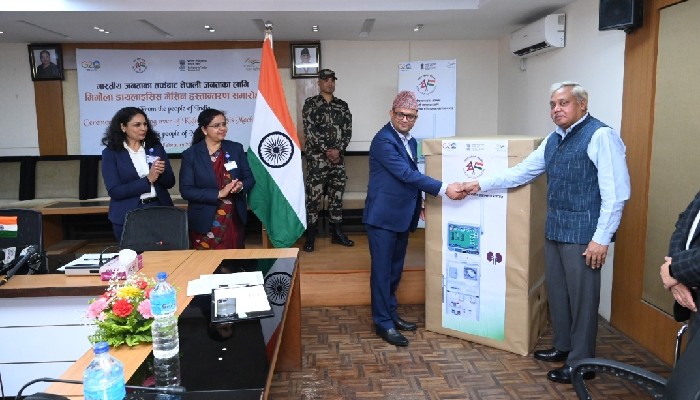
In recent years, Nepali missions abroad and foreign missions in Nepal have increasingly used social media as a public diplomacy tool, particularly Facebook, X (formerly Twitter), Instagram, TikTok, and other platforms. Even presidents, prime ministers, foreign ministers, ministries, and other officials now communicate directly online. Moreover, digital diplomacy emerged as especially vital during the COVID-19 pandemic and has only expanded since.
Audiences can observe mission activities in real time, whether programs, festivals, national days, constitutional days, or official appointments, and respond through comments and shares. This two-way interaction has made public diplomacy more visible and participatory.
Former ambassador to Denmark Vijay Kanta Karna underscores the stakes: “Public diplomacy is vital for countries like Nepal. Because Nepal does not possess hard power or significant economic might, it must use its outreach and public diplomacy,” he said. Nepal, he added, should use different platforms such as think tanks, academia, and other sectors, recognizing that “public diplomacy is one of the major tools from which Nepal can benefit.”
